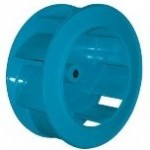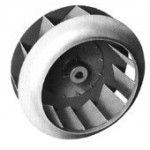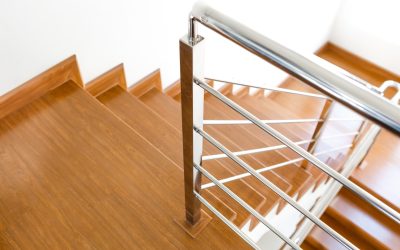A bathroom ceiling fan is an important component of any bathroom. It may appear that the fans only purpose is to exhaust odors from within the room but more importantly, it removes warm, moist air from the inside of the room to the outside. This warm, moist air, if not exhausted not only encourages the growth of mold, it can cause other damage to the room. In most areas the local building code mandates the installation of a bathroom ceiling fan that has been sized to accommodate the area of the room.
Bathroom ceiling fans come in various sizes, styles and colors. They often are fitted with a light, either the primary light for the room or a small wattage night light. The fan is operated from a wall switch, the switch can be independent, controlling the fan only or it can be wired to the lights in the room. As the room still is damp long after a shower, many fans are fitted with a timing device which allows them to continue operating after the room has been vacated. The fan can be placed anywhere in the ceiling but most often it is above the toilet area.
The fan is sized depending on the floor area of the room; obviously smaller baths only need a low volume fan where larger baths need to remove more air. The rule of thumb when sizing a bathroom fan is that the fan should move one cubic feet of air per minute per square foot of floor. If the room is small, say 50 square feet the fan should move 50 CFM of air and so on.
These fans are complete with a flapper which is held open by the air flow, when the fan is not operating it is important that the flapper closes otherwise the cold air outside can easily enter the house. The fan exhausts to the outside via a duct tube, to stop any condensation forming in the tube it should be insulated.
The air in the bathroom is extracted by the fan; the fan cover and the fan enclosure are designed to allow rigid fixing of the exhaust tube. The exhaust tube exits the house via a roof or wall vent.




